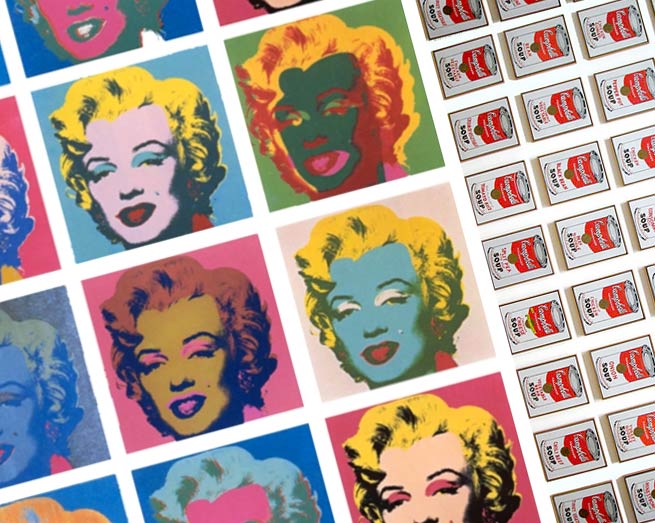
The world of art can be somewhat confusing to those less familiar with some of the jargon of the trade. The complexity increases when artistic reproductions enter the foray – adding to the confusion over what exactly counts as an original.
In terms of paintings, defining an original is relatively simple in that if the artist is responsible for applying paint to canvas the resulting work is considered an original. It is important to remember that in this example we are only concerned with the physical existence of the painting (i.e. the materials used, such as paint and board or canvas) and ignore the originality of the actual image completely.
This is where the confusion comes creeping into the equation: what of a situation where an artist’s apprentice has some input in the creation of the final work? Can this still be considered a true original?
Most experts would say yes, as it was not uncommon for Masters during periods such as the Renaissance to have apprentices.
One must also consider works which are produced as multiple originals, in a series for example. The term ‘multiple originals’ is not as contradictory as it may appear. There are a variety of types of works that are conceived, produced and editioned as a series of multiple originals. Limited editioned prints and photographs are the most common examples of works which are produced as an edition of multiple originals.
In order to fully understand what makes a fine art print an original, one needs to first have a basic understanding of how prints are made. For our purposes we will focus on the originality of the physical artifact and ignore the originality of the actual image being produced. Fine art prints are produced in a variety of ways, all of which involve transferring some kind of ink to paper, usually under pressure in order to produce the final print – this is done in much the same way as newspaper printing, but on a much smaller and less industrial scale.
In order to make a print, the artist first produces a matrix on which an image is developed. Ink is applied to the matrix, and then from the matrix onto high quality paper to produce a print. The matrix can be made from a number of materials. A matrix can be a metal plate, a piece of limestone or a piece of wood, which are known as etchings, lithographs and woodcuts respectively. It is important to remember that the matrix is used to create the work of art – but is not the work of art itself.
The crux of the issue then is that on original print is conceived as and intended to form a part of an edition of prints. The matrix is used to produce the original, but- is not the original itself.
On the other hand a reproduction reproduces a single non-multiple work of art, therefore a reproduction painting cannot be considered an original print because it reproduces an existing, separate original work of art. Even though many reproductions are of extremely high quality they cannot be considered to be original prints due to the fact that they reproduce a unique original.
Below are some definitions which may help to conceptualise what constitutes an original work of art, and how an original print can form part of an edition of multiple originals.
Multiple originals: A set of identical fine prints in which the artist has personally conceived of the image, created the master matrix and executed or supervised the entire printmaking process. An example of this would be an etching.
Multiple reproductions: A set of fine identical prints reproducing the same image of an original artwork created by a

non-printing process. An example of this would be a large-format printer or an offset printed version of an oil painting.
Original print: One-of-a-kind print which the artist personally conceived of the image, created the master matrix and executed the entire printing process.
Impression: Fine art made by any printing stamping-based process.
Limited edition: Set of identical prints which are numbered in succession and are signed by the artist. The total number of prints is fixed or “limited” by the artist who always supervises the printing. All additional prints have been destroyed.
Open edition: A series of prints or objects in an art edition that has an unlimited number of copies.
Intaglio: The process of incising a design beneath the surface of a metal or stone. The plates (matrix) are only inked in the etched depressions on the plates before the plates are wiped clean. The ink is then transferred onto the paper through an etching press. The reverse of this process is known as relief printing.
Planographic: The process of printing impressions from a smooth surface rather that creating incised or relief areas on the plate. This term was devised in order to describe the lithography process.
Relief: All printing processes in which the non-printing areas of the block or plate are carved, engraved or etched away. Inks are applied directly onto the projected surface and transferred onto the paper. The reverse of this process is known as intaglio printi









